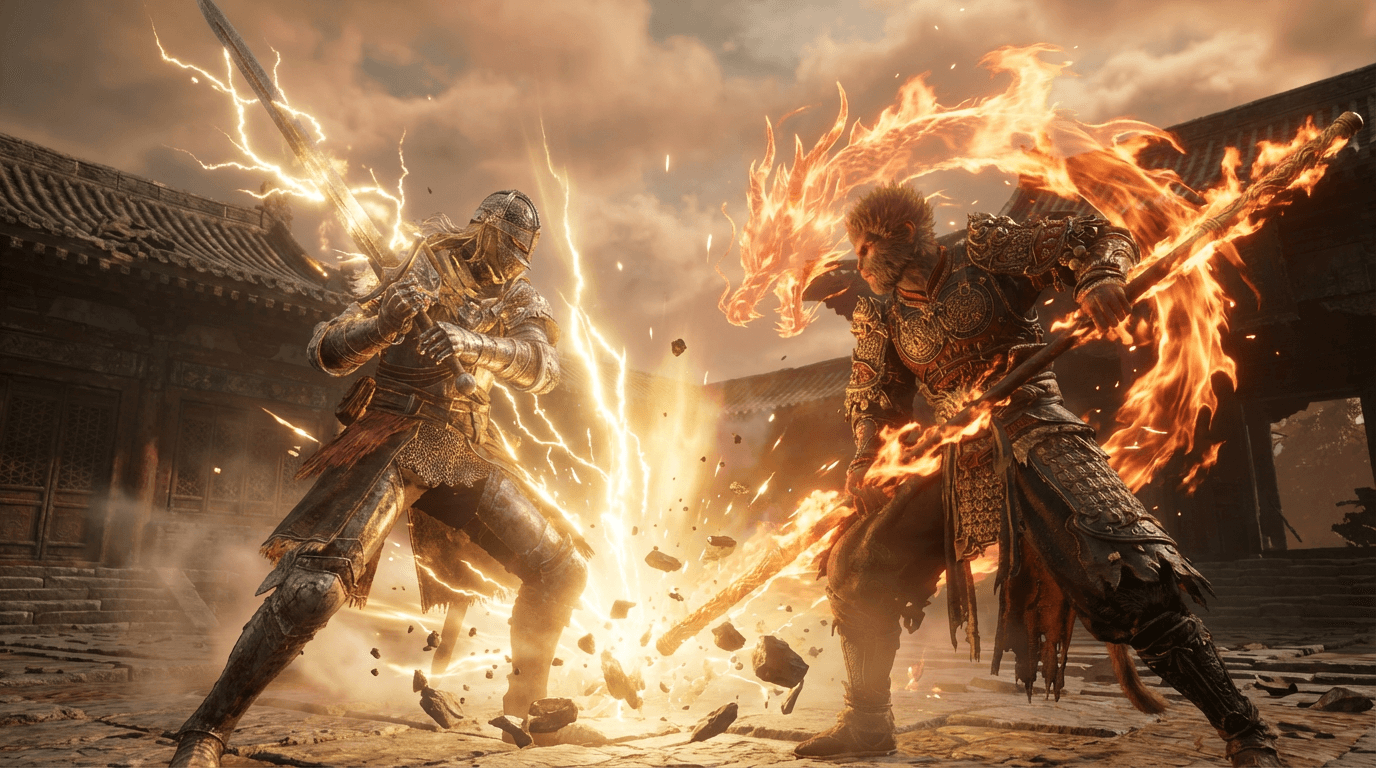
The landscape of generative AI is moving at a breakneck pace, and Google’s series of image models, internally known by the codename Google Nano Banana, represents one of the most significant shifts. The initial model, officially tied to the Gemini 2.5 Flash Image architecture (Nano Banana 1), democratized fast, conversational image editing. Now, the impending arrival of Nano Banana 2 (rumored to be powered by the Gemini 3 Pro reasoning backbone) signals a transition from advanced content creation to production-grade visual intelligence.
This is not a simple version upgrade; it is a fundamental architectural leap, positioning Nano Banana 2 as a tool designed to tackle the high-fidelity and logical challenges of professional workflows, whereas its predecessor excelled at speed and creative prototyping.
1. The Core Architectural Difference: Reasoning vs. Pattern Matching
The most critical difference between the two models lies in their cognitive approach to the prompt:
- Nano Banana 1 (Gemini 2.5 Flash Image): Primarily functioned as a fast diffusion model. It quickly mapped the input text prompt to learned visual patterns, prioritizing speed and aesthetic draft quality. Its architecture allowed for good subject consistency and localized edits but sometimes struggled with complex physics, spatial logic, or intricate details.
- Nano Banana 2 (Rumored Gemini 3 Pro Backbone): Is positioned as a reasoning-driven visual intelligence system. Leaked notes suggest it operates on a sophisticated multi-step workflow (plan > verify > refine > generate). The powerful LLM component first processes the prompt to understand the user’s intent, cause-and-effect, and logical relationships before a single pixel is rendered.
This architectural shift allows Nano Banana 2 to “think through” the image before creation, drastically reducing the errors that plague first-generation models.
2. Quantitative Leap on Nano banana 2: Resolution and Fidelity
For commercial and print use, image quality and resolution are non-negotiable. Nano Banana 2 makes the initial version’s outputs feel like high-quality mockups compared to final assets:
| Feature | Nano Banana 1 (Gemini 2.5 Flash Image) | Nano Banana 2 (Rumored) |
| Native Output Resolution | Typically 1024×1024 pixels (1K) | Native 2K resolution |
| Maximum Upscaling | Upscaling available, but often introduced blur or detail loss | Optional 4K super-resolution upscaling with superior fidelity |
| Color Handling | Solid, but gradients could occasionally band or feel less rich | 16-bit color rendering rumored for smoother gradients and deeper color accuracy |
| Supported Aspect Ratios | Primarily geared toward square (1:1), inconsistent results on others | Natively supports a wide range (1:1, 2:3, 4:3, 9:16, 16:9, 21:9) |
The improved resolution and color depth make Nano Banana 2 images suitable for commercial printing, high-resolution website banners, and detailed product catalogs, a major upgrade for production-level users.
3. Nano Banana 2 Semantic and Logical Precision: Text and Physics
The two areas where Nano Banana 1 consistently showed limitations were text handling and complex logic—precisely where Nano Banana 2 appears to excel:
- Text Rendering:
- Nano Banana 1: Frequently hallucinated letters, struggled with spelling, and could not maintain accurate text perspective (e.g., text on a curving label or a screen).
- Nano Banana 2: Provides near-perfect text generation. It correctly spells, aligns text in perspective (on signs, labels, UI mockups), and preserves style. This eliminates a huge bottleneck for graphic designers and marketers.
- Reasoning and Physics:
- Nano Banana 1: Could fail at complex spatial and physical problems (e.g., drawing the correct trajectory of a moving object, accurately solving an equation presented in an image).
- Nano Banana 2: Demonstrates comprehensive spatial and logical understanding. Early tests indicate it can solve math equations presented in images, recreate complex diagrams without distortion, and accurately follow physics-based prompts. This is a direct benefit of the deeper LLM integration.
4. Creative Control and Consistency
While both models champion consistency (maintaining a subject’s likeness across edits), Nano Banana 2 offers a more granular, layer-aware level of control:
- Prompt Following: Nano Banana 2 is reported to be Google’s most prompt-adherent model to date. Its reasoning phase ensures the final image aligns with the core intent of even complex, multi-layered instructions.
- Localized Editing: Nano Banana 2’s enhanced ability to decompose the scene allows for much more precise manipulation. A user can instruct it to “replace only the jacket with leather, but keep the underlying shirt and the fabric texture of the pants,” providing Photoshop-like precision via simple text prompts.
- Surface Physics and Materials: The new model handles complex materials like glass, water, reflective metals, and fine fabrics with greater accuracy, producing more realistic lighting, shadows, and reflective behaviors. This eliminates the “waxy” or artificial look that sometimes occurred in the first generation.
Conclusion: From Creative Draftsman to Visual Engineer
In summary, the transition from Nano Banana 1 to Nano Banana 2 marks a maturity point for Google’s image generation technology.
| Model Persona | Nano Banana 1 (Gemini 2.5 Flash Image) | Nano Banana 2 (Rumored Pro) |
| Role | Fast-reacting creative artist (best for rapid prototyping, social media drafts, style transfer) | Reasoning-driven visual engineer (best for commercial print, high-fidelity marketing assets, complex illustrations) |
| Primary Advantage | Speed and ease of use | Logical Accuracy and Detail Fidelity |
For casual users, Nano Banana 1 remains a highly effective and swift tool for everyday creative needs. For professionals, e-commerce platforms, and visual engineers demanding commercial print quality, perfect text, and complex logical consistency, Nano Banana 2 represents the indispensable future of generative visual production.




